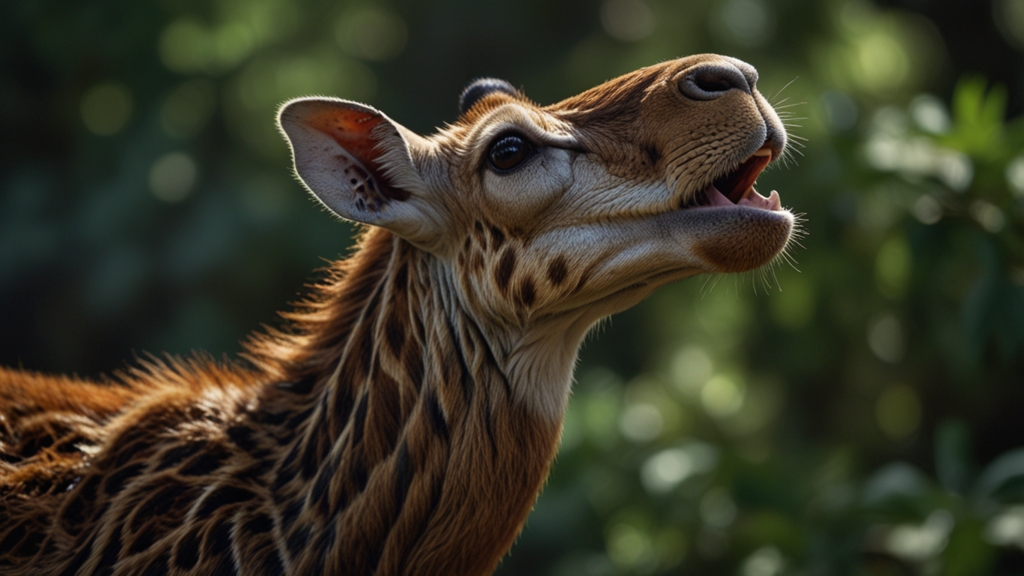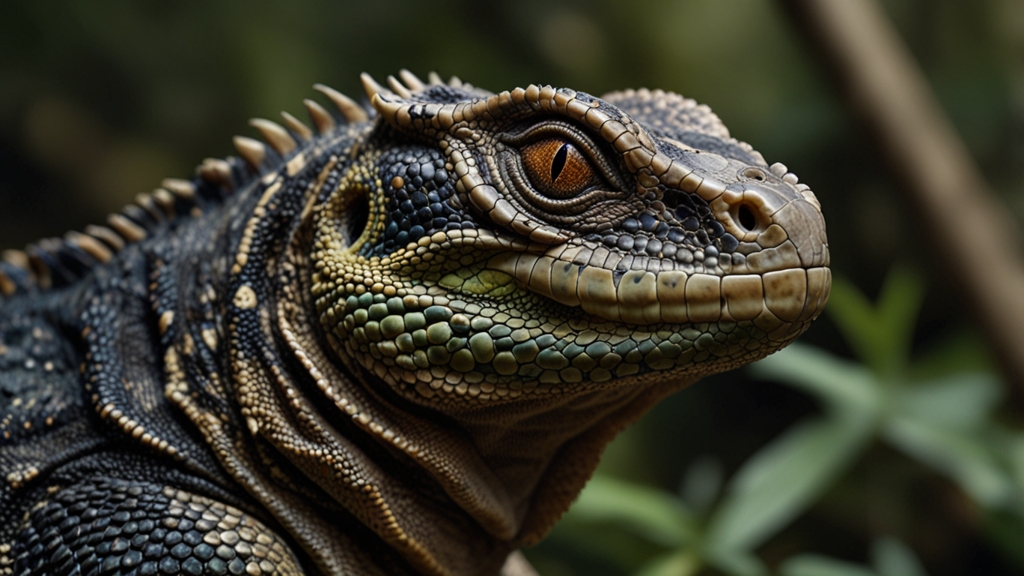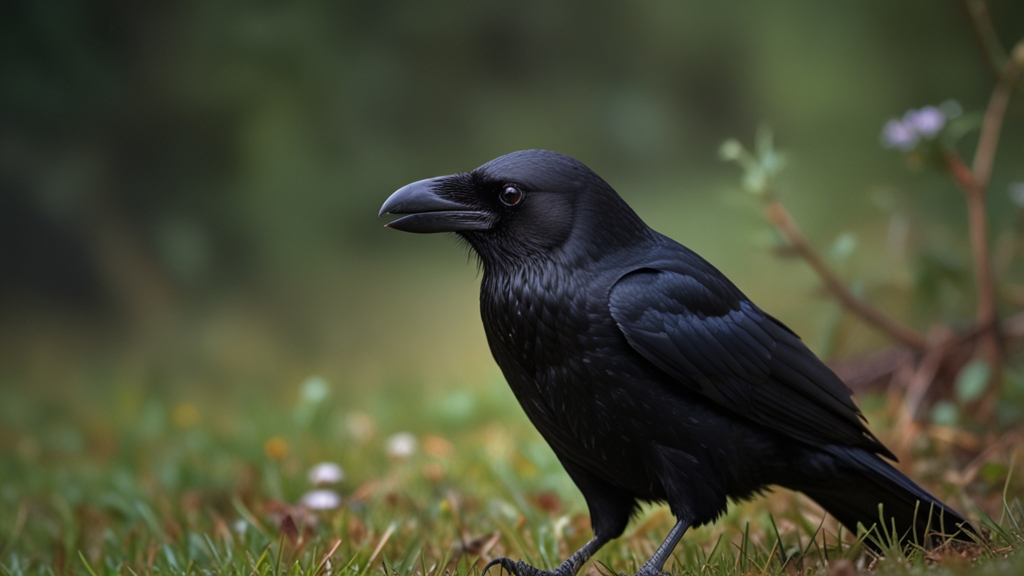Mammals with Unique Features: A Closer Look at Nature's Oddities
Nature never ceases to amaze with its incredible diversity and plethora of unique life forms. Among these are mammals, a class of animals with some of the most distinctive and unusual characteristics. While we often think of mammals as uniform creatures, such as cats, dogs, and humans, there are certain species with oddities that make them stand out. This article delves into a few of these peculiar mammals, showcasing their extraordinary features that set them apart in the animal kingdom.
Platypus: The Duck-billed Enigma
The platypus is, without a doubt, one of the most perplexing mammals ever discovered. Native to Australia, the platypus combines a variety of features from different animals, making it a biological enigma. It has a bill and webbed feet like a duck, a tail like a beaver, and produces milk for its young. Yet, unlike most mammals, the platypus lays eggs.
"The platypus is one of nature’s unique creations, combining characteristics of birds, reptiles, and mammals. It challenges the very definition of what it means to be a mammal," said Dr. John Smith, a professor of zoology.
Additionally, the platypus is equipped with electroreceptors in its bill, allowing it to detect the electric fields generated by the movements of its prey underwater. This sensory adaptation is more commonly found in fish and some amphibians, making the platypus an even more extraordinary mammal.
Star-Nosed Mole: The Unusual Burrower
Another fascinating mammal is the star-nosed mole, which resides in the moist, lowland areas of North America. This small creature is best known for its star-shaped nose, comprised of 22 fleshy appendages that are highly sensitive to touch. These appendages are packed with over 25,000 minute sensory receptors called "Eimer's organs," enabling the mole to detect food with remarkable speed and precision.
"The star-nosed mole can identify and consume prey in less than 230 milliseconds, making it one of the fastest foragers in the animal kingdom," noted Dr. Emily Thompson, a wildlife biologist.
This unique nose not only aids in foraging but is also thought to help the mole navigate its underground tunnel system. Despite their poor eyesight, star-nosed moles are adept at hunting and maneuvering through their subterranean habitats, thanks to their extraordinary sensory nose.
The Aye-Aye: Madagascar's Nocturnal Primate
In the forests of Madagascar, the aye-aye stands out as another peculiar mammal. As a member of the lemur family, this nocturnal primate is famous for its elongated middle finger, which it uses to tap on trees and locate hollow spots where insects may be hiding. Upon finding a hollow, the aye-aye uses its sharp teeth to gnaw a hole and then employs its long, thin finger to extract the insects.
Interestingly, the aye-aye's method of foraging is similar to that of a woodpecker, making it one of the few mammals to use echolocation in a comparable manner. This distinctive foraging technique has earned the aye-aye a spot among nature’s most unique mammals.
Conclusion
The animal kingdom is brimming with creatures that challenge our understanding of biology and ecology. Mammals like the platypus, star-nosed mole, and aye-aye remind us of nature’s boundless creativity and adaptability. These unique species not only captivate our imagination but also underscore the intricate and diverse tapestry of life on Earth.
"Studying these unique mammals provides invaluable insights into evolutionary biology and helps us appreciate the complexity of life," stated Dr. Maria Lopez, an evolutionary biologist.
As we continue to explore and understand these remarkable animals, we gain a deeper appreciation for the wonders of nature and the countless oddities that make our planet extraordinary.








